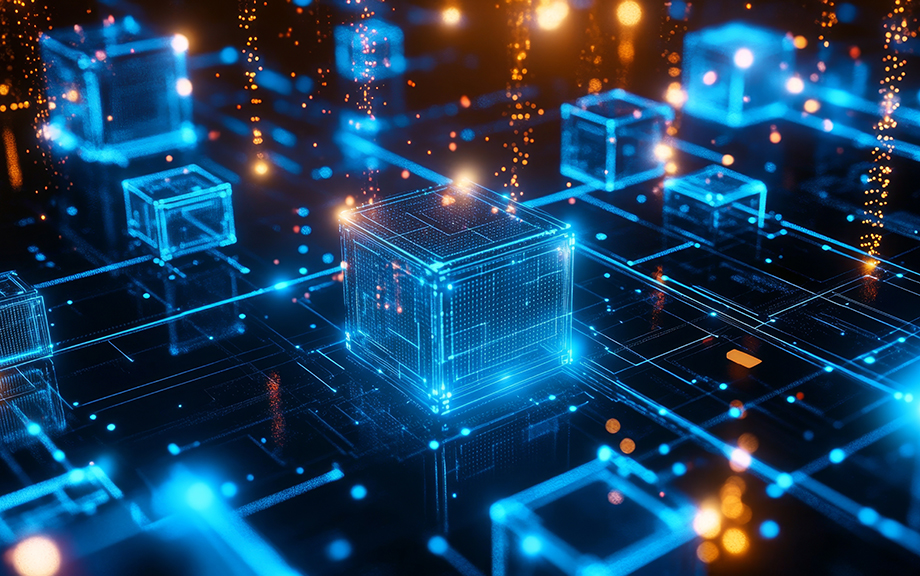
Over the past few months, New Jersey and Vermont have joined a growing number of U.S. states in requiring employers to include an estimated salary range in their online job listings. Has this push for greater pay transparency been effective? In this post, we use granular data on U.S. job postings from Lightcast to assess employers’ compliance with these new regulations. Focusing on the jurisdictions that adopted pay transparency laws early on, we find that many employers ignore pay transparency requirements; roughly a quarter of job listings covered by these laws fail to include salary information.



















 RSS Feed
RSS Feed Follow Liberty Street Economics
Follow Liberty Street Economics